Contents
The Pixel 9a is here, and at first glance, it’s just another Pixel phone at a reasonable price point. But once you take a closer look at its spec sheet and design, it becomes clear that this might be the best Pixel phone yet, not just the best A-series.
I love the Pixel 9a because Google has prioritized practical design changes over AI tools you’ll use once and then ignore. It’s built with the user experience in mind, and goes back to the no-nonsense design Pixel phones used to excel in. If Google doesn’t cram it with AI further down the line, it’ll stay as my favorite Android phone for a long time.
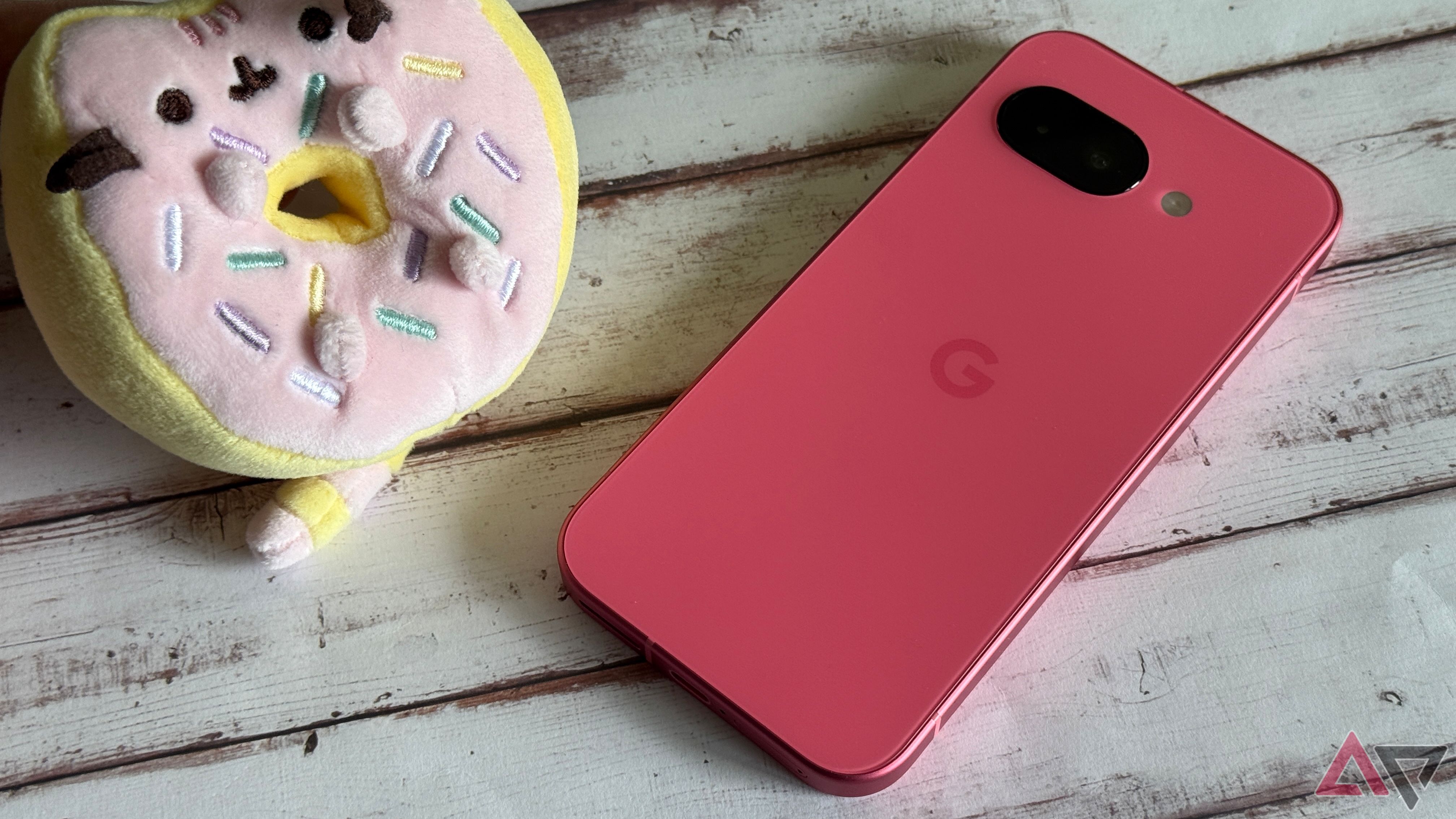
Related
6 The biggest Pixel battery ever is an upgrade you’ll actually notice
It should last longer than you think
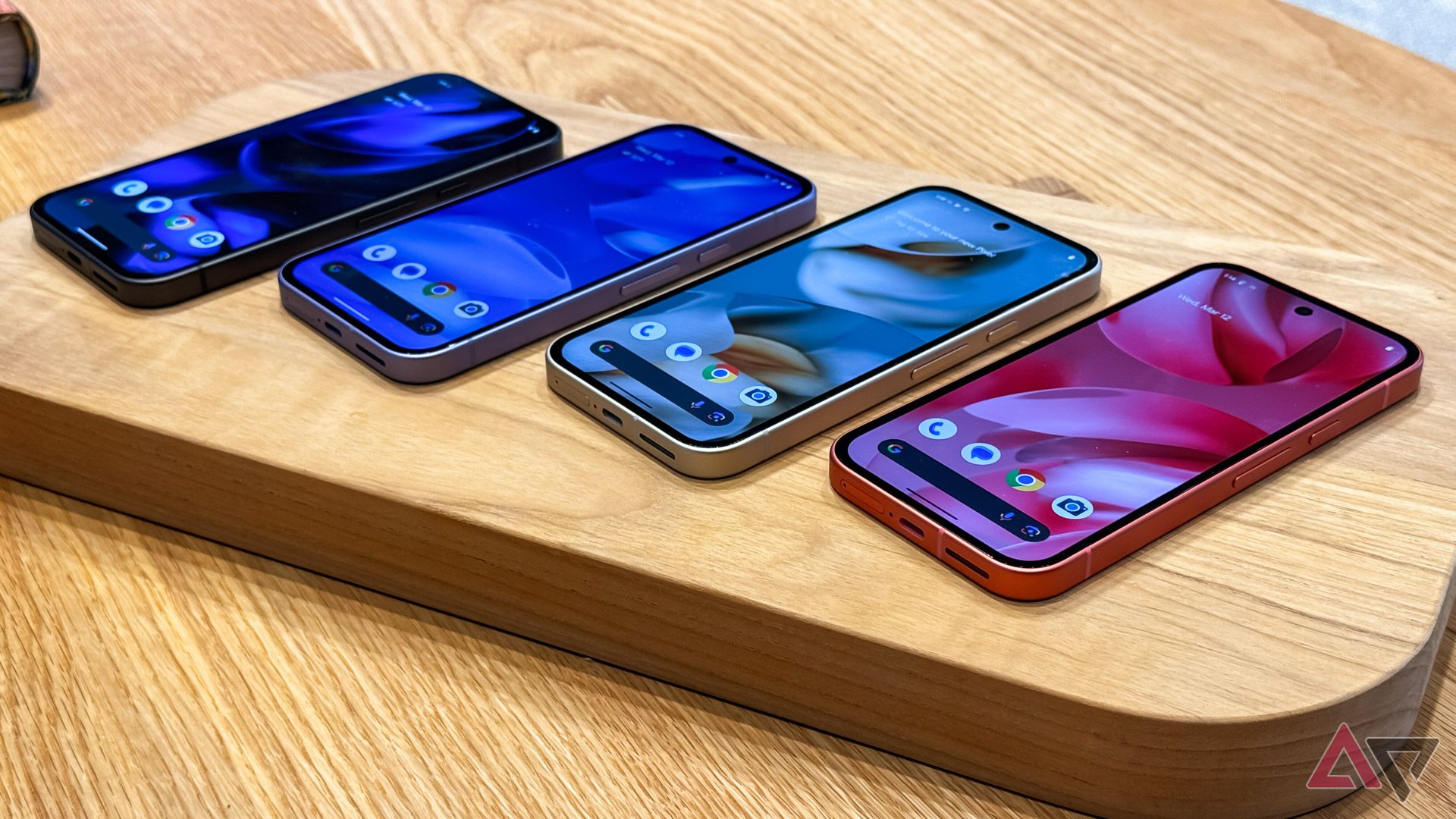
Google claims that the 5,100mAh battery in the Pixel 9 will last at least 30 hours. Compared to the 4,700mAh battery in the Pixel 9 and Pixel 9 Pro, which should last you at least 24 hours, it seems like a significant upgrade on paper. In reality? It does exactly what it says on the tin.
Pixel phones have offered inconsistent improvements to battery life over their history, but the Pixel 9a’s boost in battery life is the biggest upgrade we’ve seen without a significant jump in price. When I judge a new budget phone, I consider features that’ll affect my daily life rather than flashy AI tools or hardware capable of running the latest mobile games. In this regard, the Pixel 9a is more than impressive. While some phones, notably the Nothing 3a Pro, offer even better battery life, it’s still a big win for Google. Overall, if you want a Pixel phone with the best battery life, you’ll pay less than you think, not more.
5 Its bright and bold display holds up against flagship phones
As long as you don’t mind bezels

Dive into the specs sheet for the Pixel 9a and Pixel 9, and you’ll see a lot in common. But what might make you look twice is their display specs. Apart from the contrast ratio, they are identical. They have the same refresh rates, peak brightness, aspect ratio, resolution, and HDR support. Were it not for the thicker black bar around the screen, you might think they were the same phone from the front.
For all intents and purposes, their displays are identical. But the Pixel 9a’s impressive value isn’t the only reason why I love it. The display is big, bright, and bold. The brightness is probably the most useful feature here; you can easily use the Pixel 9a in direct sunlight. I like to have the brightness cranked up on my phone throughout the day, and the Pixel 9a gives me a display that looks good while doing it. And don’t forget about that huge battery, which means setting your brightness to maximum won’t force you to run for a charger.
4 Minimal AI bloat brings the Pixel 9a back to what Pixels do best
You don’t need Pixel Screenshots on a budget phone
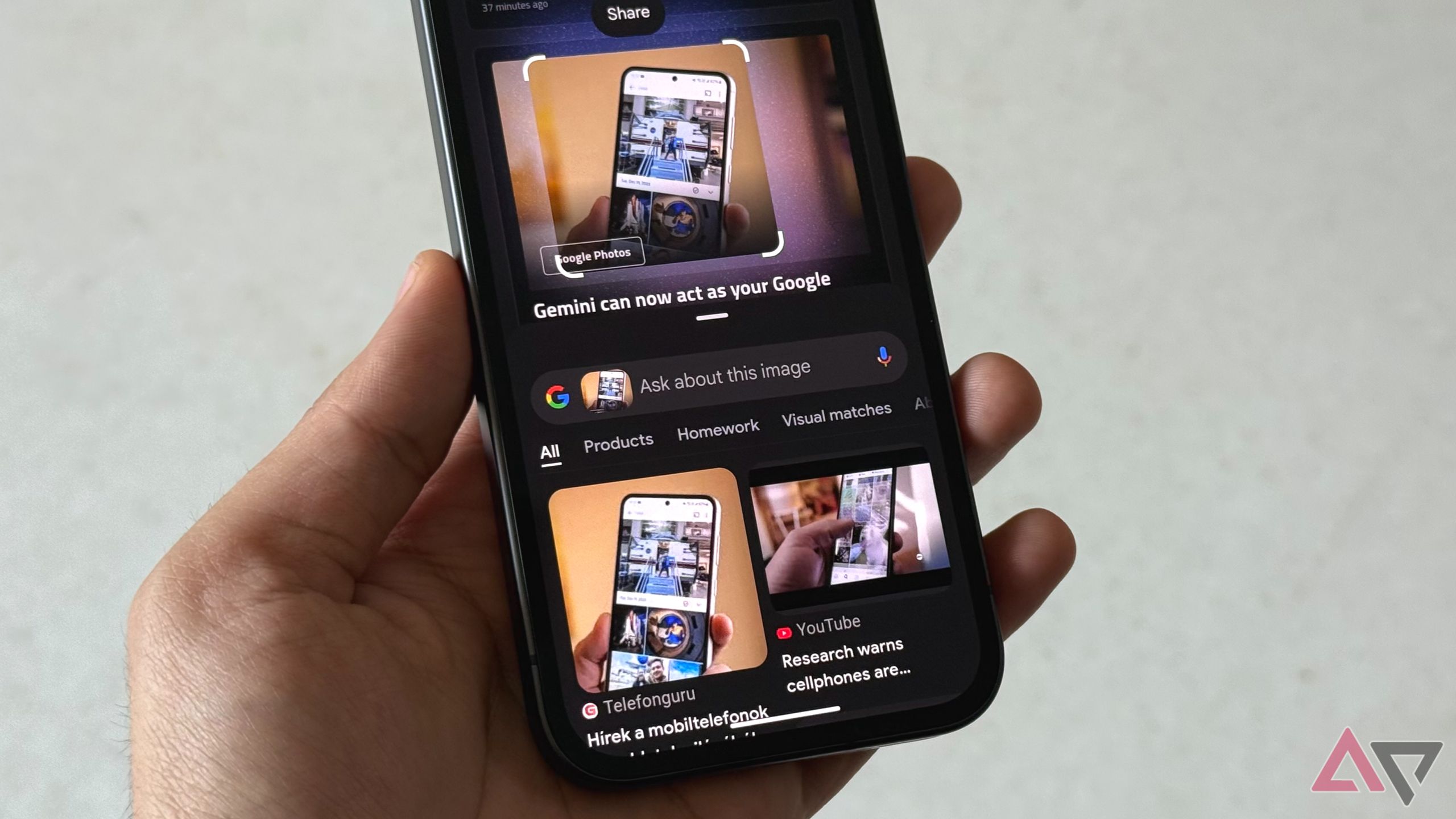
The Pixel 9a is equipped with Gemini Nano XXS, not Gemini Nano XS as found on the Pixel 9. While this is a downgrade in terms of feature count, I think it’s an upgrade. You still have plenty of AI tools to play with, but stripped back to let the Pixel 9a do it’s work.
The biggest difference between Nano XXS and Nano XS is that Nano XXS doesn’t always run in the background. Nano XS is always running, which uses up valuable processing power on the phone. While this doesn’t spoil the Pixel 9’s battery life, you can’t turn Nano XS off to increase the battery life and available RAM.
Nano XXS can’t power AI-powered features like Pixel Screenshots and Call Notes. It also can’t interpret images or audio input. However, some of the more useful AI features, like Recorder summaries, are still present. Stripping back the AI to only its most useful and relevant features to preserve battery and performance life is the move I didn’t think Google would make. The Pixel 9a’s software is built with the practical, budget-focused user in mind, and that’s why I love it.
3 The Tensor G4 chipset lets it go toe-to-toe with flagships where it matters
It’s not perfect, but it’s impressive
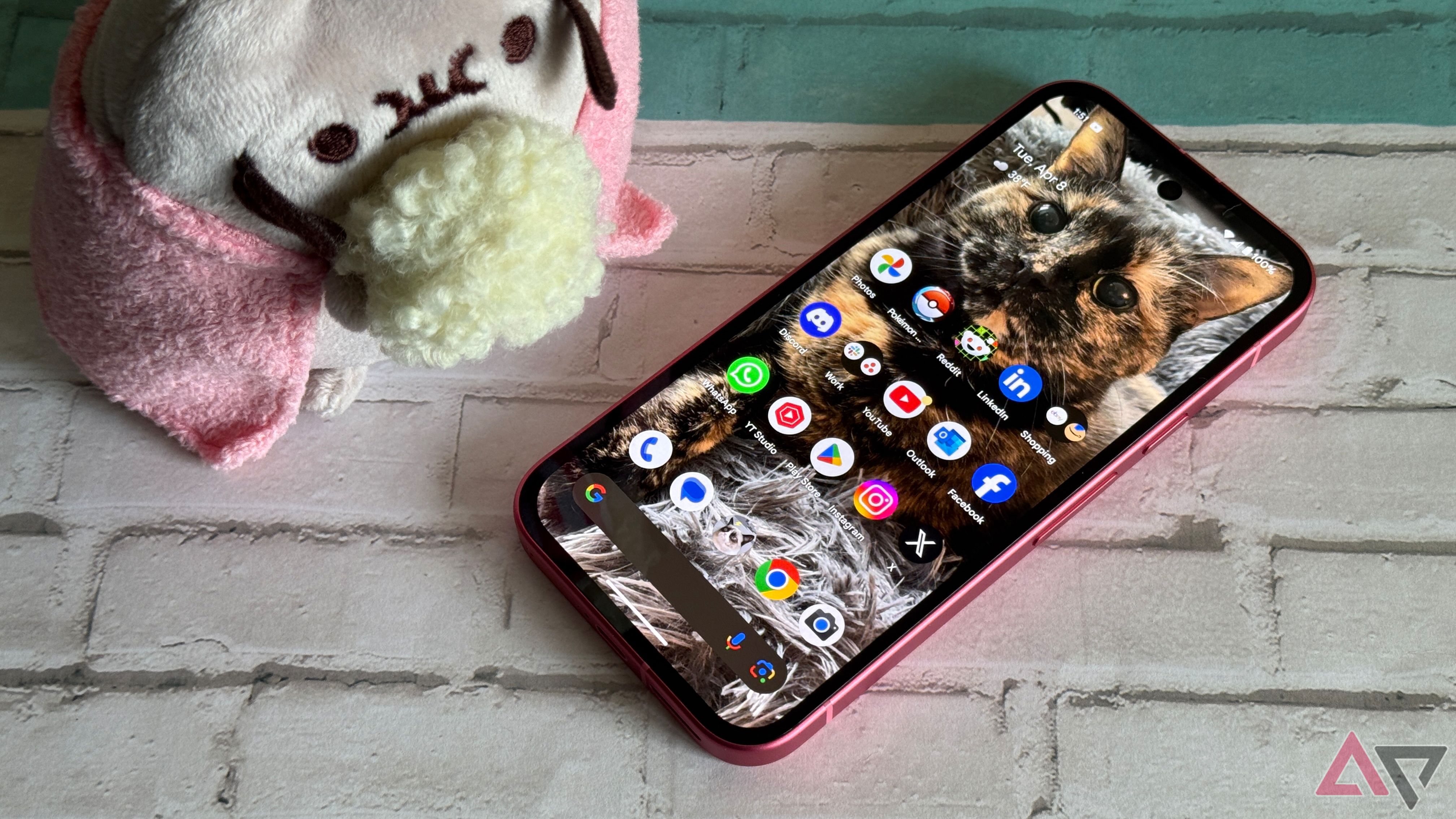
The Pixel 9 Pro XL, Google’s biggest and most powerful phone yet, can’t match the performance of flagship Apple and Samsung phones. The Tensor G4 chip is not built to ensure rock-solid performance in the most demanding mobile games, and that’s okay. We rarely push our phones to the limit on a daily basis, so most of the processing power of the latest iPhone goes unused. But in regular use, the Pixel 9 Pro XL is just as powerful as any other flagship.
Why am I going on about the Pixel 9 Pro XL? It’s because the Pixel 9a has the same Tensor G4 chipset. It’s identical in terms of performance. You can flip between apps, play games, watch videos, download Netflix shows, stream music, take videos, and call your friends without a performance blip. For a $500 phone, it’s an impressive achievement. If it weren’t for its distinctive look, it would be hard to tell which Pixel phone you’re using.
2 The (almost) flat camera bar is more than a visual tweak
It’s a practical upgrade
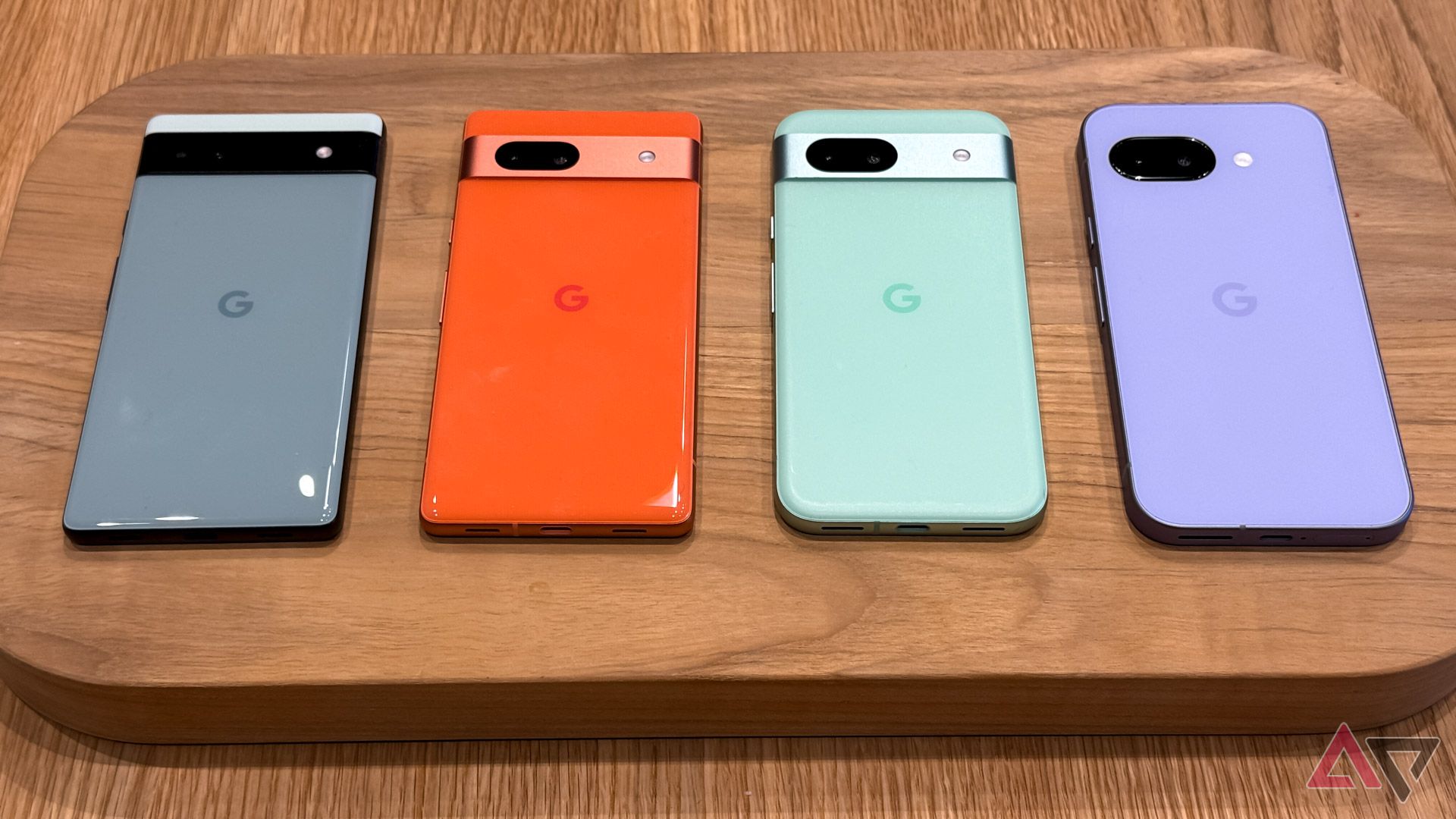
Opinions on the Pixel 9a’s lack of camera bar vary. Some reviewers have labelled it ugly and horrendous, while our Stephen Radochia liked the design. But whether you think it’s a tragic departure from the signature Pixel look or a quirky change, it’s clear that the removal of the camera bar has more implications than generating controversy over the phone’s aesthetic.
Since it debuted on the Pixel 6, the camera bar has been subject to many valid criticisms. It’s easier for your phone to slide off the desk, it catches on your pocket, and it’s a dust magnet that spoils the premium effect of the higher-end Pixel devices. While the camera lens on the Pixel 9a isn’t perfectly flat, it fixes most of these issues.
Not only does the Pixel 9a never catch on your trouser pockets, but the phone feels smaller as a result. It’s another example of how Google has prioritised practical design over marketing fodder, which is a huge win for Pixel fans like me.
1 The Pixel 9a is more durable than its siblings
You might not want a case for this phone

Once you pick up the Pixel 9a, it becomes immediately clear that this is a budget phone. The glass and stainless steel construction of the Pixel 9a has been replaced with a plastic rear panel and aluminium sides that feel cheaper. But while it doesn’t feel as nice in the hand, the result is a phone that’s less likely to break.
The plastic rear panel is more resistant to cracking than glass, and it’s less likely to slip out of your hands. I love the idea that the Pixel 9a could survive as long as its seven-year software support without a case
The Pixel 9a should set the standard for future Pixel phones
A practical design, minimal AI features, a powerful chipset, and a huge battery make this my favorite Android phone. While I expect future A-series phones to draw on it’s strengths, I also hope that Google’s flagship devices learn some lessons too. Recent Pro models have offered poor value for money, and in the age of diminishing returns of every new smartphone, user-friendly design will be what sets them apart..

Related
What’s your reaction?
Love0
Sad0
Happy0
Sleepy0
Angry0
Dead0
Wink0
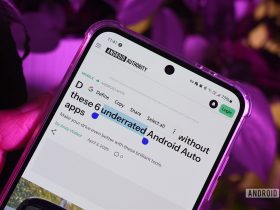
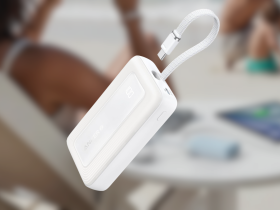
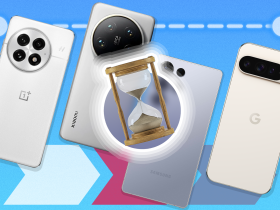

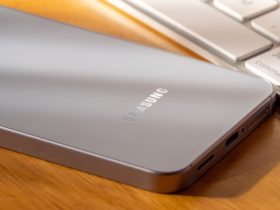

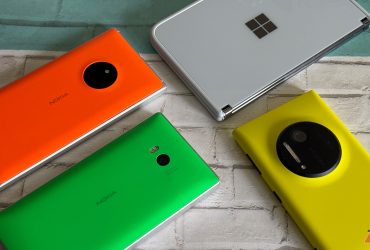

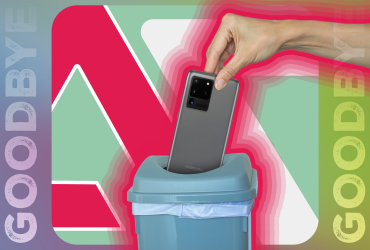
Leave a Reply
View Comments